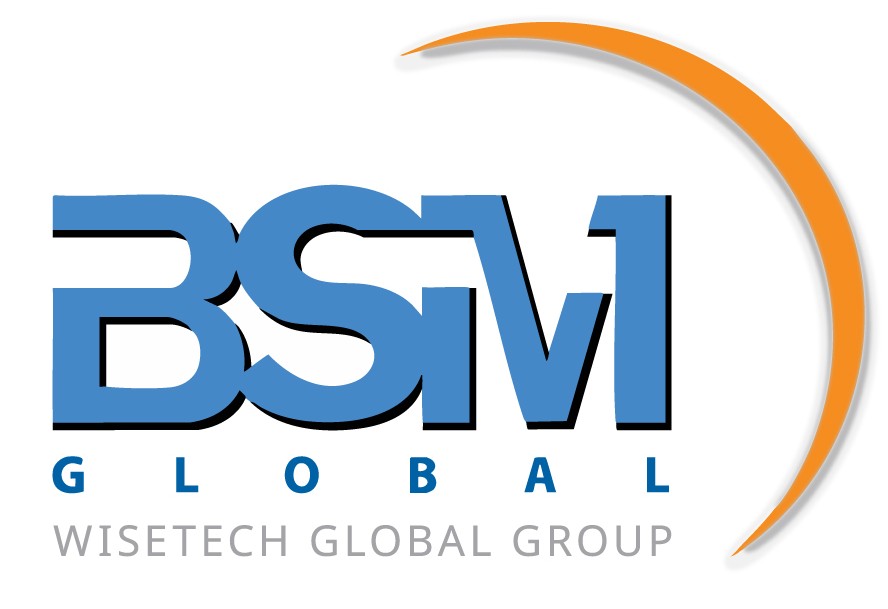Global Trade Management – 8 Best Practices
It is universally recognised that organisations involved in international trade are being challenged in the area of logistics. So what does best practice look like and how is it achieved?
- Appoint a Key Manager (KM) responsible to evaluate your current SC processes
The ideal KM is experienced in process improvement and is empowered to assemble the right team. This team ideally has executive representation along with key operational staff who have the necessary skills and bandwidth to explore, design and execute your new strategy.
- Exploration: Conduct an internal as to the effectiveness of your existing SC
Start with an in-depth look at your existing SC systems and processes. Pull apart legacy systems, mapping each touch point within a typical transaction. Identify gaps and highlight opportunities for improvement. Now define unified goals aiming to be your version of “Best SC Practice”.
- Validation: Engage with 3rd Party technology providers in the GTM space
Seek innovation and technology. Leading companies incorporate new tech such as AI, SaaS and data analytics to strengthen SC’s. GTM software providers will evaluate and demonstrate how you can incorporate technology and efficiencies.
- Maintain timely, accurate communication with stakeholders
It’s critical to ensure that any GTM supplier you engage has automated communication as a cornerstone of their system. Internal/external stakeholders involved in a typical transaction must be empowered to receive and generate accurate and timely updates via automated messaging.
- Minimize misinformation
A major problem in most SC’s is the time wasted with the relentless updating of data as an order moves through its lifecycle. Incurring lost time, increased risk and costs. GTM systems automate document/data updates, thereby eliminating data duplication, decreasing errors, associated costs and risk whilst greatly improving efficiencies.
- Improve visibility between stakeholders
Good GTM software securely exchanges data via digital handshakes with ERP’s and other applications within your SC. Bringing multiple levels of access with impregnable security they utilise permission levels to limit access to only those authorised in ensuring shipment fulfilment. Embracing best practice increases control and decision making capabilities via automated reporting
- ROI: Evaluate the total lifetime cost of any GTM software over purchase price
The cost of the correct software is an important factor, however, of much greater importance is its ROI when measured against that quoted price. Consider the benefits to your organization, customers and staff in time savings, improved efficiencies + potential for reallocation of head count to other divisions within the organization. A strong argument can be made for investment in GTM solutions that demonstrates a 2:1 or 3:1 ROI.
- The right partner
To stay ahead of the pack, you must be on a path of continuous improvement. It’s therefore imperative to partner with a collaborative provider, one that supports you beyond the implementation phase. You should be looking for them to provide continuous improvement suggestions, activities and troubleshooting support designed to ensure that your SC remains robust and agile whilst you stay at the cutting edge of GTM technology.
If you are interested in discovering new ways to optimise your organisation’s own supply chain and improving your relationship with your buyers, contact us today.

